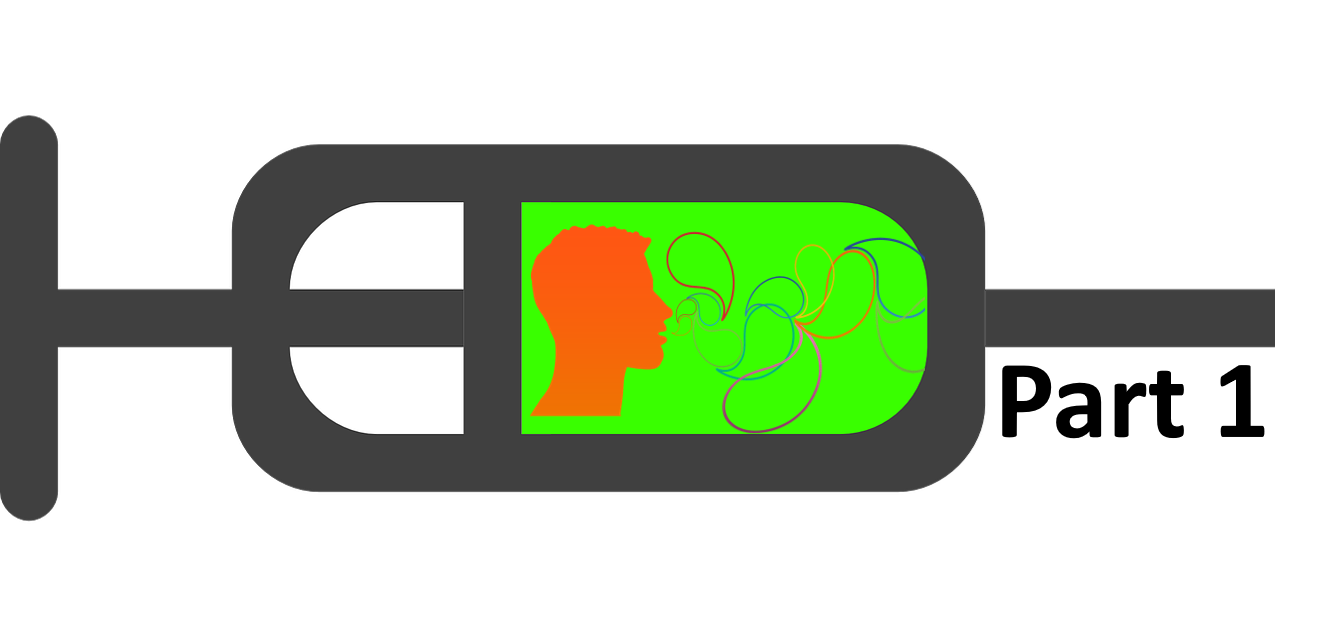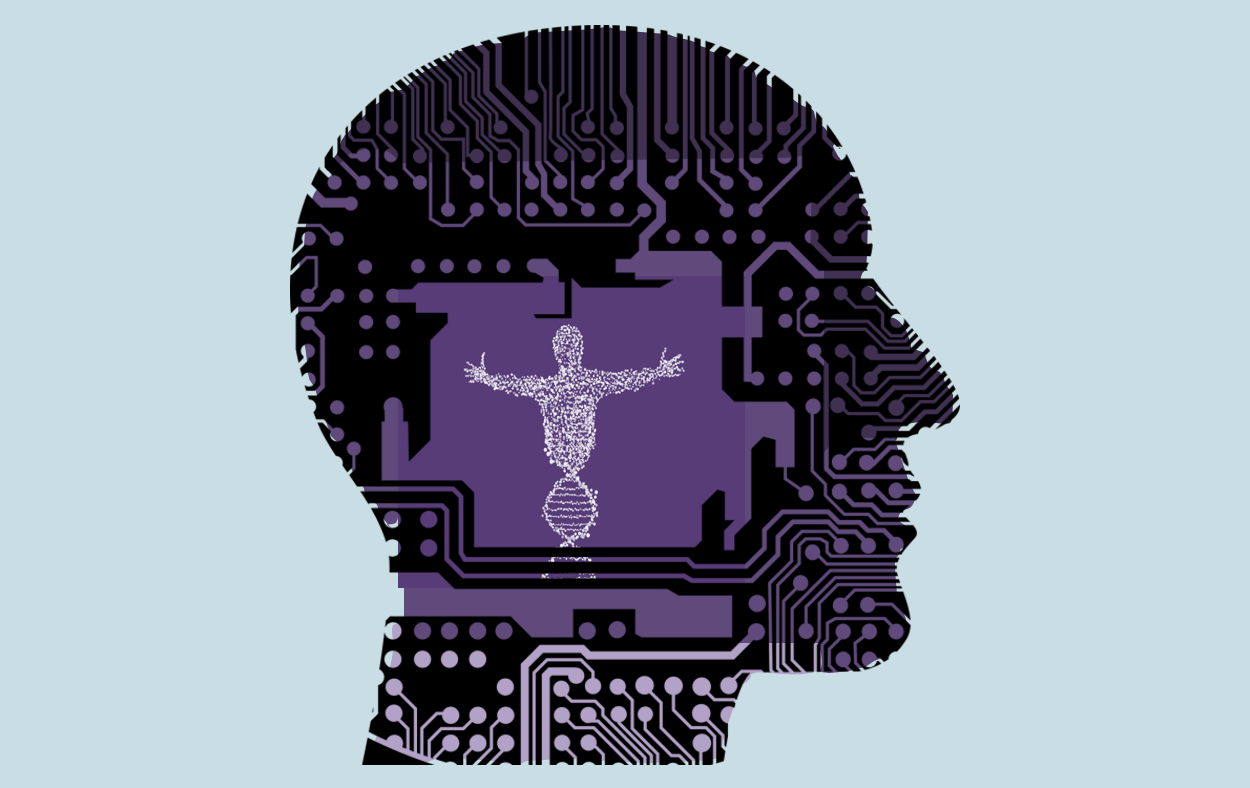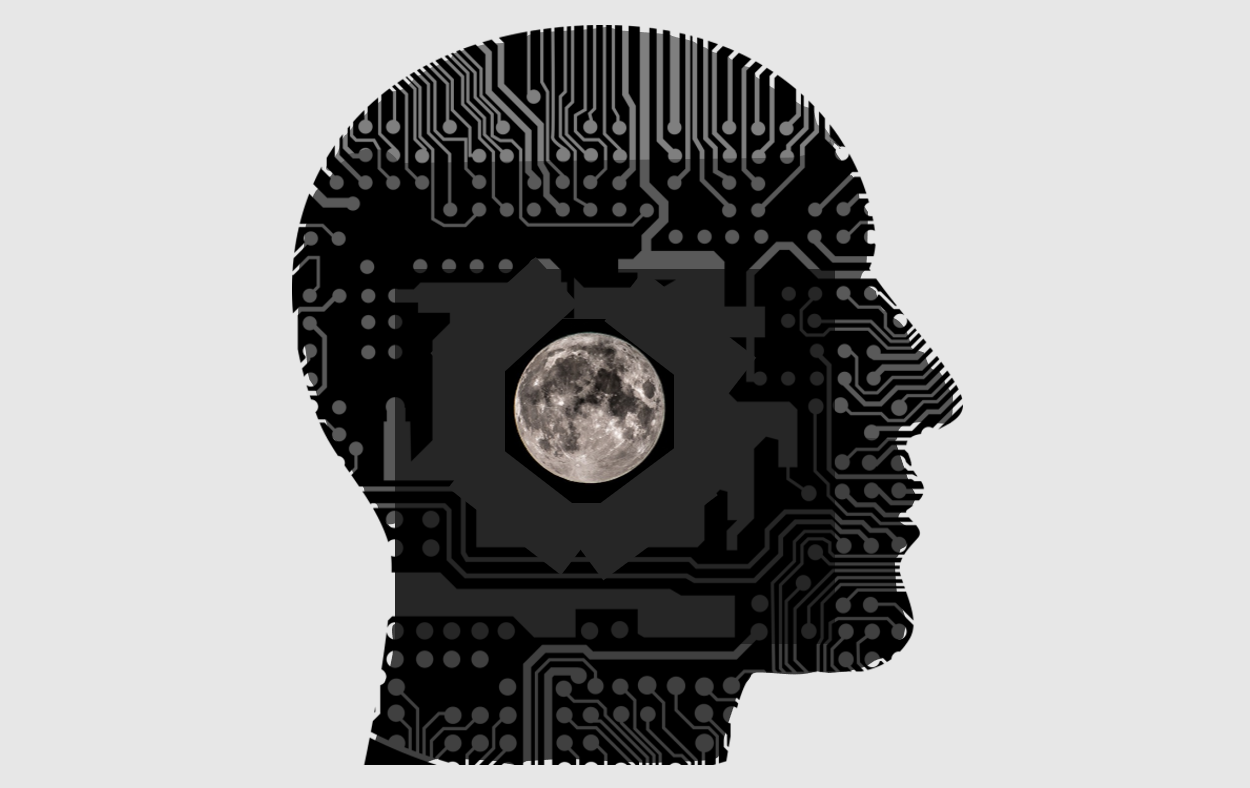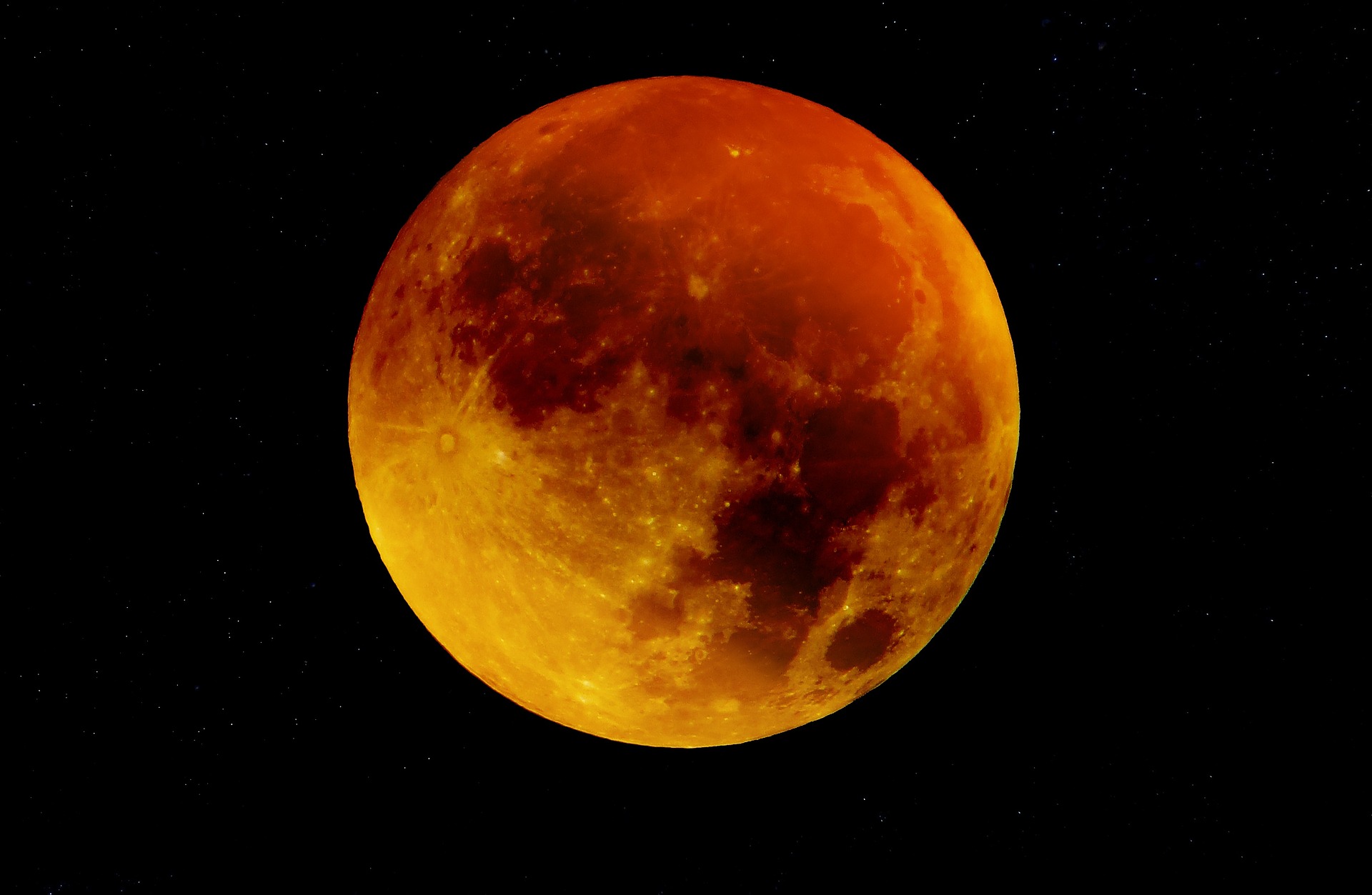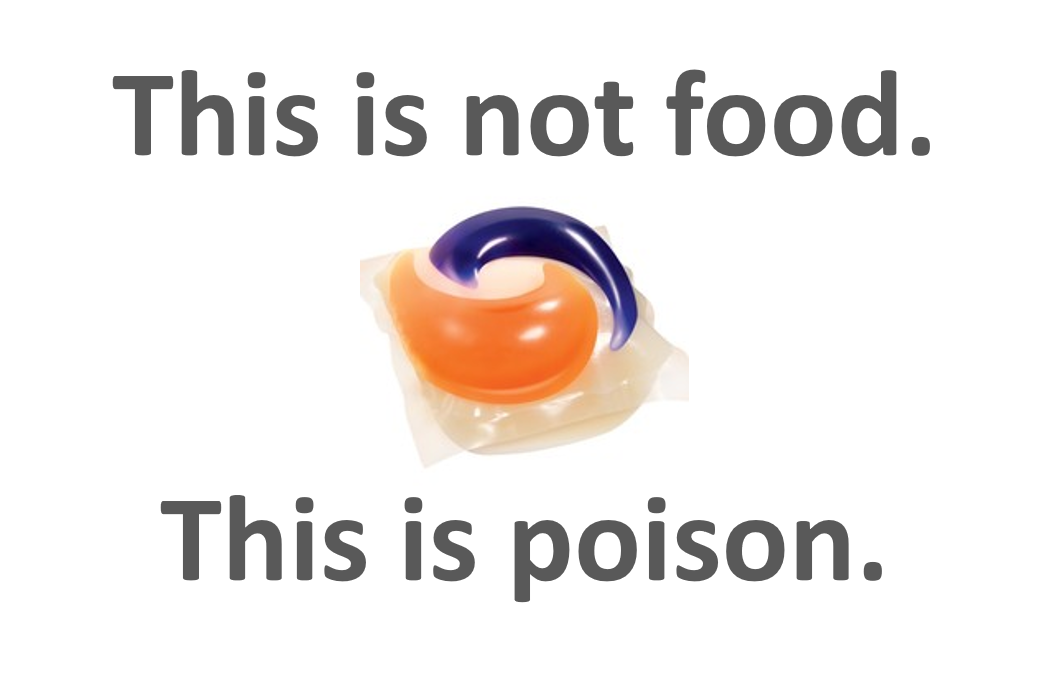Welcome to Bad Science on the Internet! Here, we highlight some of the crazy and sometime dangerous stuff people post online, and then we give you the facts.
The Bad Science:
There have been a number of recent news stories about the possibility of coffee being listed as a human carcinogen in the state of California. A recent court decision ruled against several coffee sellers (including 7-Eleven and Starbucks), allowing a lawsuit to continue that may end with coffee being listed as containing potential carcinogens in California. How did this happen, and should we be worried about our morning brew? Let’s break down the science and find out.
Coffee does not cause cancer.

Let’s start here. There is absolutely zero data to suggest that drinking coffee increases your cancer risk. In fact, it is more likely to be protective against some cancers because of the antioxidants it contains. Coffee may also lower the risk of heart disease and diabetes, though the data supporting these potential positive health effects is weak. It is true that the International Agency for Research on Cancer (IARC) classified drinking very hot beverages of any kind as being linked to cancer, but this is not specific to coffee and is honestly kind of silly, because most people intuitively understand that scalding their esophagus and mouths with hot beverages day after day is probably not good for them. So to recap: coffee does not cause cancer, do not drink boiling water.
We at UYBFS like a good joke. In that spirit, we posted a cartoon poking fun at Jenny McCarthy, D-list actress and notable anti-vaccine advocate, to a Facebook page called Science Humor. It’s a funny page, if you’re in to science puns and jokes you need an advanced degree to understand, which we totally are.
People liked the cartoon, but we were very surprised by a vocal minority of people who responded to the post with very vehement anti-vaccine views. Our surprise stems from the fact that the name of the page is “Science Humor”, which we assumed would narrow down the active readers to people with a strong background in science, of which we know exactly zero who oppose the use of vaccines or believe (as Jenny McCarthy does) that vaccines cause autism.
Our assumptions were wrong. Some of the anti-vaccine supporters clearly had some background in science. They posted articles supporting their views and seemed to be looking for debate. Meanwhile, some of those who took the pro-vaccine side just resorted to name calling rather than engage in scientific debate. (In all fairness, there was name calling on both sides).
We stayed out of the debate. In part, we wanted to see where the discussion went, but mainly, we are of the mind that the comments section in a Facebook post is not a good place hold detailed scientific discussions. However, we need to acknowledge that there are people out there with very strong anti-vaccine views . Making fun of them or dismissing them as “nuts” is not productive. Our goal should be to educate, to bring them along and lay out the facts. We won’t convince those who are not open to impartially weighing the scientific evidence, but if we do our job right, we may just change a few minds for the better.
But how? Some of these people were VERY passionate about their anti-vaccine posts – can we actually change their minds? Should we go point-by-point, refuting each reference they posted? This last approach would be the most thorough, but it would also be BORING, and we actually want people to read this blog. So instead, we will focus on the major pillars of “evidence” used to support anti-vaccine views. For those aligned with science, think of this as a guide for speaking to others with opposing views. For those who hold anti-vaccine views, we hope this may bring some clarity to the science behind vaccine safety. There is a lot to unpack here, so this we’ll break our discussion into 3 parts. When possible, we’ll use some examples from the Facebook page thread, with all names redacted.
Welcome to Ask a Scientist, where we answer questions from our readers on a wide range of scientific topics. Got a scientific question? Drop us a line.
Q: Are humans still evolving? B.N. Bernalillo, NM
This is a fantastic question, B.N! A solid argument can be made that humans are no longer evolving because of our advanced healthcare and medicine. Sir David Attenburough, who has done more for science then UYBFS ever will, and has been knighted for his efforts, has suggested that he thinks humans are no longer evolving based on this reasoning, saying:
“We stopped natural selection as soon as we started being able to rear 95–99 per cent of our babies that are born.”
Say a child is stricken with juvenile diabetes on his 10th birthday. Prior to the invention of modern medicine, this was a death sentence – the child would have died from hyperglycemia and diabetic ketoacidosis within a short period of time, effectively eliminating his genes from the population. However, scientists were able to determine that a loss of insulin production in the pancreas is the cause of this form of diabetes, and since 1922, insulin (first from animals, now produced in bacteria) has been available to treat these children. Today, while the effects of juvenile diabetes can still be quite severe, if the child can maintain his blood glucose levels appropriately, he or she can expect to live a relatively normal life, certainly one that will be long enough to reproduce if that is their desire.

So in this case, science and modern medicine has enabled the spread of genes responsible for (or predisposing people to) juvenile diabetes. The successful treatment of any life-threatening childhood disease with a genetic component (cancer, cystic fibrosis, severe asthma) will have the same effect. On top of this, our ability to successfully treat or prevent potentially deadly infectious diseases in children (measles, rubella, pneumonia, diphtheria, etc) will, in theory, lead to an increased number of people who are more susceptible to these diseases over time.
The use of genetically modified organisms (GMO’s) in our food is controversial. I think most people would agree with that statement. However, the exact reasons for the controversy is a bit hazy to many people. Some would argue that GMOs are unsafe, not nutritious, or bad for the environment, but these statements are scientifically incorrect. In reality, the source of controversy is not scientific, but ethical and political. Freedom of choice, the right to know, the ethics of genetic engineering and the complex economics of global agriculture are what make GMOs controversial. Despite this, perfectly reasonable campaigns for labeling of GMOs become intertwined with pseudoscientific propaganda proclaiming GMOs to be toxic culprit for a list of modern day maladies that seems to have no end.
 The task of educating others on the benefits and potential risks of GMO food is made extremely difficult by these inherent controversies of the subject. As scientists and science advocates wrestle with this difficult task, ads such as the Stonyfield Farms spot shown above only serve to confuse the issue further.
The task of educating others on the benefits and potential risks of GMO food is made extremely difficult by these inherent controversies of the subject. As scientists and science advocates wrestle with this difficult task, ads such as the Stonyfield Farms spot shown above only serve to confuse the issue further.
This ad cynically uses children to deliver a decidedly anti-GMO message, labeling GMOs “monstrous”, and bringing up the “fish tomato,” a commonly misunderstood target of anti-GMO crusaders. The text overlay urges the viewer to “avoid GMOs” and “join the organic revolution”.
This type of misleading ad only fuels distrust of GMOs, with vague suggestions that they are “bad.” Using children makes it even worse. It is irresponsible to teach children that GMOs are “monstrous.” The fish tomato reference is particularly biased. Not only were these tomatoes never sold or eaten by a single person, there are currently no commercially available GMO tomatoes at all, and Stonyfield does not make a tomato yogurt as far as we know.

To make matters worse, after several science advocates cried foul, Stonyfield doubled-down by calling their critics “trolls”. In their statement (read it here), they did back off the “GMOs are bad” message, saying, “We do not believe that eating GMOs has been proven harmful to your health.” However, they are back to demonizing GMOs a few sentences later:
“The majority of GMO crops used by farmers today require the use of toxic herbicides. The use of glyphosate, which has been categorized as a probable carcinogen by the World Health Organization, has increased nearly 15-fold since so-called “Roundup Ready,” genetically engineered glyphosate-tolerant crops were introduced in 1996.”
This is statement is highly misleading. GMO crops do not require the use of roundup any more than regular crops, though it is used often to control weeds in the vicinity of genetically-modified “round-up ready” crops. Also ,the World Health Organization (WHO) has not classified glyphosate (the active ingredient in Roundup) as a carcinogen. This was done by the International Agency for Research on Cancer (IRAC). While IRAC is part of the WHO, the WHO disagrees, and classifies glyphosate as “unlikely to be a human carcinogen”. Worst of all, they label glyphosate as “toxic” which in this context has no meaning – toxic to what, and at what dose?
Stonyfield is also strongly implying that they do not feed their cows crops which were treated with pesticides. This is also false. Organic farming allows the use of certain pesticides, including the spraying of Bt toxin, which is the insecticide engineered into many GMO crops. It is likely that cows eating organic feed are exposed to higher levels of Bt pesticide than those that eat non-organic feed. That’s not to say that organic yogurt isn’t safe – it is, and so is non-organic yogurt.
The Stonyfield ad also includes a clear promotion of labeling GMO foods. The CEO and co-founder of Stonyfields, Gary Hirshberg, is also the chairman of Just Label It, a group which promotes the labeling of GMO foods. The labeling of GMO foods seems like a worthy conversation to have, but the promotion of a pro-labeling viewpoint by a company which will clearly benefit from such regulations, in an ad featuring children seems less like a sincere attempt to make a positive change in the world, and more like an example of corporate greed.
Standing up for science by countering misleading ads is not trolling, it’s science advocacy, and selling yogurt by exploiting people’s fears is shameful.

Welcome to Ask a Scientist, where we answer questions from our readers on a wide range of scientific topics. Got a scientific question? Drop us a line.
It seems like an accepted fact that a full moon makes kids “hyper” or people behave in a crazy way. Is there any truth to this, or is it just an old wives tale? – BH, Watertown, ME
Thanks for the question, BH! This is one of those “common knowledge” beliefs that seems to be everywhere. About 45% of people actually think this is true, which is in line with about 50% of Americans that think astrology is a science. This should make us all sad, because astrology is not a science and more people believe in astrology today than in 2004.
 As for the full moon and behavior, this was a big enough question on peoples mind that several groups of scientists actually ran studies to see if there really was an effect on behavior. Universally, they found that there is none, though there was a very small decrease in the amount of sleep that children got during a full moon, which may be related to all that moonlight coming into their window, or to their parents repeatedly telling them that they were “hyper” because of the moon.
As for the full moon and behavior, this was a big enough question on peoples mind that several groups of scientists actually ran studies to see if there really was an effect on behavior. Universally, they found that there is none, though there was a very small decrease in the amount of sleep that children got during a full moon, which may be related to all that moonlight coming into their window, or to their parents repeatedly telling them that they were “hyper” because of the moon.
Exactly why people believe this is a bit of a mystery. Certainly, it has been around for a long time – this is where the words “lunacy” and “lunatic” comes from – from the Latin lunaticus, which referred to madness or epilepsy because people thought the moon caused these effects. It could be that this is just a relic of the past before electricity when nights with a bright moon in the sky would have allowed for much more activity than dark moonless nights, or maybe just kept people from getting a good night’s sleep.
 Many people have anecdotally suggested that the full moon increases the rates of crimes, accidents, suicides, or trips to the emergency rooms. Scientists have studied these links as well, and there is no consistent effect of the phase of the moon on any of them. The same is true for animal behavior.
Many people have anecdotally suggested that the full moon increases the rates of crimes, accidents, suicides, or trips to the emergency rooms. Scientists have studied these links as well, and there is no consistent effect of the phase of the moon on any of them. The same is true for animal behavior.
Others think that the behavioral effects might be related to the gravitational effect that causes tides, but this is not how tides work – they are driven not just by the gravitational pull of the moon, but also the large distances between different regions of the ocean. This is why the pond behind your house doesn’t have tides. The local gravity that a person experiences is influenced more by their distance from the center of the Earth and other large objects around them than the moon.
The bottom line is that the moon doesn’t effect behavior in any consistent way. If your kids are “hyper”, it’s not the moon, and it’s not sugar – maybe they are just kids having a good time?

In the early hours of tomorrow morning (January 31, 2018 ), a super blue blood moon will be visible in most of North America, Australia, Hawaii, and much of Asia. You may wonder how a blood moon could be blue, why it’s super, and how moon naming became so confusing in the first place. Fear not, UYBFS has the answers!
What is a super blue blood moon?
It is a combination of three different types of moons: super, blue, and blood.
A super moon describes a full Moon that is closer than normal to Earth. This happens because the Moon’s orbit is elliptical. The point of the Moon’s orbit that is closest to the Earth is called the perigee; and when the full moon occurs on the perigee we see a super moon. There are typically 3-4 super moons a year and they range in relative “size” depending on how close to the actual perigee the full moon occurs. A typical full super moon appears to be about 14% larger and 30% brighter than a normal moon.
A blue moon has nothing to do with color; instead, it occurs when there are two full moons in a single calendar month. In this case, the second full moon is called the blue moon. This is where the phrase “once in a blue moon” comes from, since it doesn’t happen all that often – typically occuring every 2-3 years.
A blood moon occurs during a lunar eclipse. A lunar eclipse happens when the Earth passes between the Sun and the Moon at night, preventing the Sun’s rays from hitting the Moon. Because the Earth’s atmosphere can bend light, some light still hits the Moon, but the light is scattered as it moves through the Earth’s atmosphere. As a result, the shorter wave lengths are reduced, causing the Moon to take on a reddish color; hence, the term “blood” moon. If the Earth had no atmosphere, the Moon would be almost completely black during a lunar eclipse. There are typically 2-5 lunar eclipses a year, but most are partial. A total lunar eclipse usually occurs every 2-3 years.

Therefore, a super blue blood moon is a moon that is very near its maximal perigee during a lunar eclipse (in Wednesday’s case, a total eclipse), while also being the second full moon of the month. These are incredibly rare. The last one occurred on March 31, 1866.
When and where can I see this awesome moon?
The best viewing will be from the northern west coast of North America. Here are the details for the major North American time zones:
Eastern Time Zone. Unfortunately, people on the East Coast will miss out on most of the eclipse (the blood), which will occur from approximately 6:48 am to 10:11 am EST. The greatest totality (which is the best viewing) will occur around 8:30 am EST. The problem is the Moon will set shortly after 7 am EST, so all you’ll be able to see is the very beginning of the eclipse before the Moon goes down. Also, depending on where you are, the Sun will rise around 7-7:30 am, ruining your view of the setting moon. It’s still worth seeing before sun rise and moon set, because even a setting super blue blood moon is cool.
Central Time Zone. Here, the eclipse will occur between 5:48 am and 9:11am, with the totality at 7:30 am. The Moon will set (and the Sun will rise) shortly after 7 am, so you will miss around half of the eclipse, but will be able to see more than those on the East Coast. Those in the extreme northwestern portion of the timezone (like Williston, ND) may be able to see the totality before the Moon slips below the horizon and the Sun comes up.
Mountain Time Zone. The eclipse will occur between 4:48 am and 8:11 am, with the totality at 6:30 am. The Moon set and Sun rise will set around 7-7:30 am for most of the major population centers in the area like Denver, Phoenix, and Salt Lake City, so you should be able to see most of the eclipse.
Pacific Time Zone. Those on the West Coast will be able to see the entire eclipse, but the bad news is you’ll have to get up early to see it. The eclipse will occur between 3:48 am and 7:11 am, with the totality around 5:30 am. By the time the Moon sets on the West Coast, the eclipse will be over.

There are a ton. Here’s a rundown.
New moon: This occurs when the Sun is behind the Moon and no light shines on the near (Earth-facing) side. You typically can’t see a new moon. Sometimes it is called a dark moon.
Crescent moon: When the first sliver of light from the Sun hits the Moon it causes a crescent shaped portion to light up. At the start of the Moon’s cycle, is referred to as a waxing crescent moon. A waning crescent moon occurs at the end of the lunar cycle, as the last of the Sun’s rays disappear.
Quarter moon: This occurs when half of the Moon is illuminated – the halfway point between the new and full moon in the lunar cycle. In the first half of the lunar cycle, as the Moon is “growing” in illuminated area, is referred to as a first quarter moon. In the second half of the lunar cycle, when the Moon is “shrinking,” is called a third quarter moon, also a last quarter moon.
Gibbous moon: Between the first quarter moon and the full moon is the waxing gibbous moon. In this case, the illuminated area of the moon is larger than a semi-circle, but smaller than a full moon. After the full moon, the waning gibbous moon leads into the third quarter moon.
Full moon: This is the opposite of the new moon – the entire face of the Moon is illuminated by the Sun’s rays.

Black moon: When there are two new moons in a single month, the second new moon is called a black moon. It’s the opposite of a blue moon, and occurs at a similar frequency.

Cheshire moon: When a crescent moon appears tilted, relative to the Earth, the “tips” of the crescent point upwards, making it look like a smile. The same smile worn by the Cheshire Cat in CS Lewis’ Alice in Wonderland. This is also called a wet moon.
In addition to these specific terms used to describe different points in the Moon’s cycle and specific astronomical events, each month has a name for its full moon. These are mostly traditional names which have been around for centuries; and, in some cases, they vary depending on your location.
The first moon of the year in January is generally called the wolf moon, and sometimes called the old moon. The February full moon is called the snow moon and the March moon is called the worm moon. April is the pink moon and May is the flower moon or the milk moon. Next comes the strawberry moon in June, the buck moon in July, and the sturgeon moon in August. September is generally the corn moon and October the hunter’s moon, but whichever is closest the the autumnal equinox (September 21st) is always called the harvest moon. So a full moon in early October would be a harvest hunter moon. November is the frost moon (or frosty moon), and can also be called the beaver moon. Finally, December is called the cold moon. Now that’s a lot of moons! Here’s a link to how some of these names came about.
Enjoy the super blue blood moon everyone!

Of all the achievements of evolution – the ability to extract oxygen from the air, to make sugar from light, to create specialized tissues and organs like bones, muscles, livers, and kidneys, and eyes that can see the world around us – the human brain is probably the crown jewel. The human brain devised all of the words you are reading right now, built the computers and the Internet we are using the share these ideas, and – oh by the way – is the only reason the human race has come to dominate the planet rather than just being easy meals for tigers and bears.
And yet…
People are eating “pods” of detergent because the internet told them it was a good idea.



